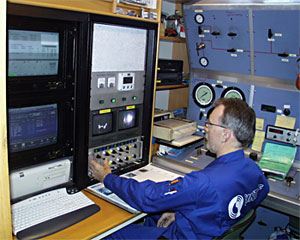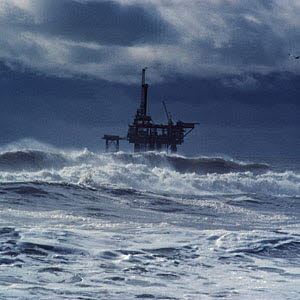Steel pipelines represent today the most important infrastructure for transport of oil and gas to onshore facilities in Norway and Europe. Up to now, subsea pipeline tie-ins and repair have been carried out with the assistance of divers. The recent trend is that oil and gas are explored at deeper waters which impose an extreme challenge for both weld repair and hot tapping. It has been decided that diver assisted operations will not be used below 180 metre sea depth. This means that fully automatic remotely controlled welding equipment must be developed if welding becomes the chosen joining process.
In the present project, basic knowledge will be built to be able to carry out future deep water repair welding and hot tapping, incorporating education of 2PhDs.
In order to accomplish the objective, the following verifiable scientific subgoals are set:

- To study the behaviour of different consumables, including shield gas composition and filler metal chemical composition.
- To develop mathematical models for electromagnetic induction heating.
- To develop relevant models for simulation of heat flow in hyperbaric MIG with different bevel configurations (heat input, preheat/post heat, shielding gas type, pipe temperature, etc).
- To develop models tailored for cold cracking susceptibility predictions capturing hydrogen pickup, diffusion, microstructure evolution, restraint intensity, and integrity assessment.
- To educate 2 PhDs.
- To work out 10 papers for international journals, and 10 papers for international conferences.
For more information, see the projects home page
